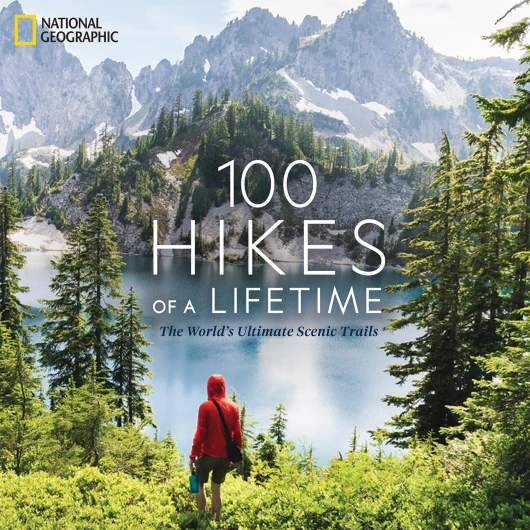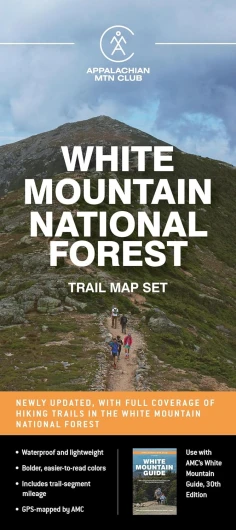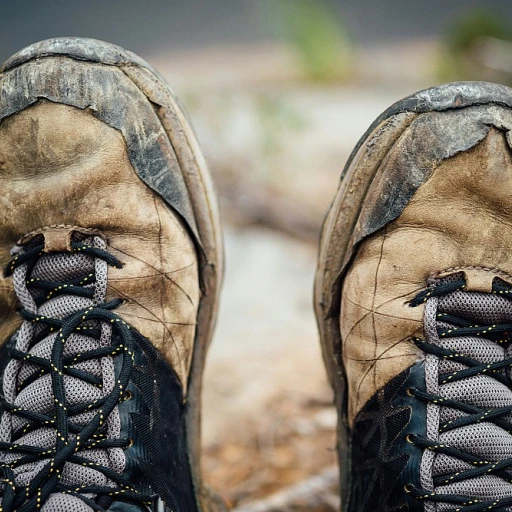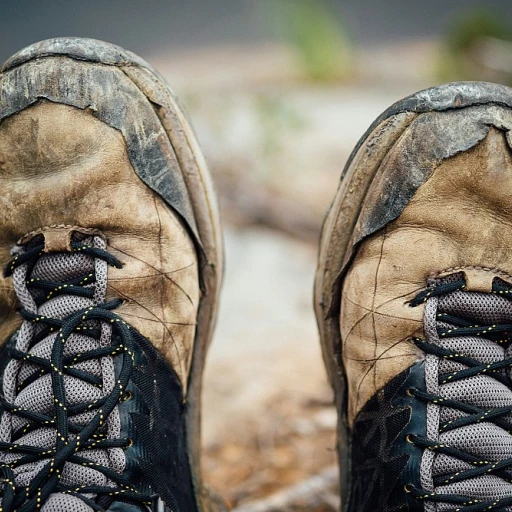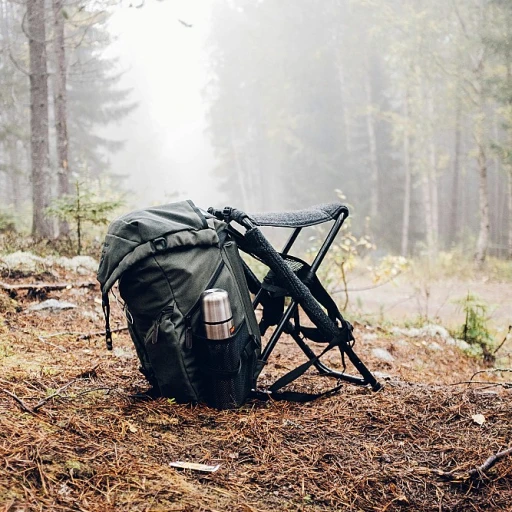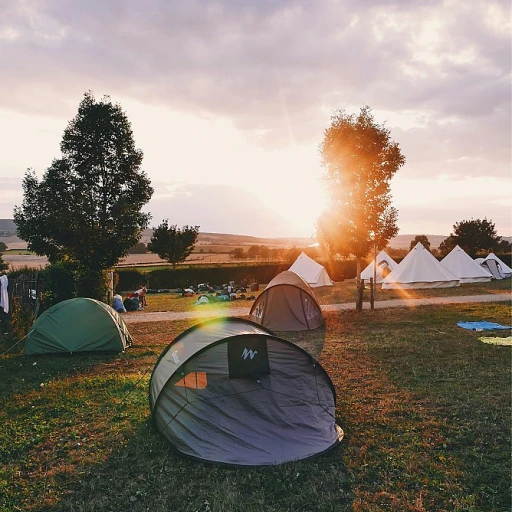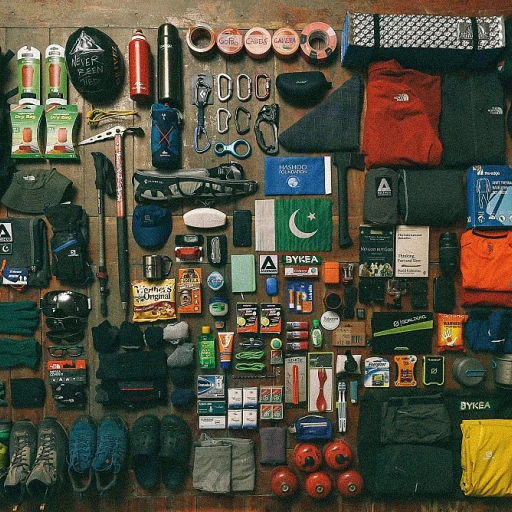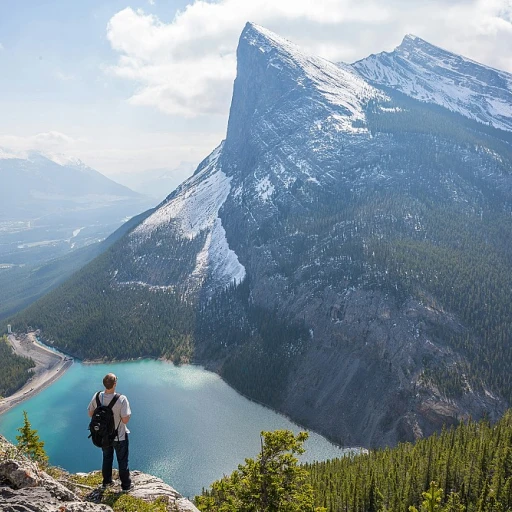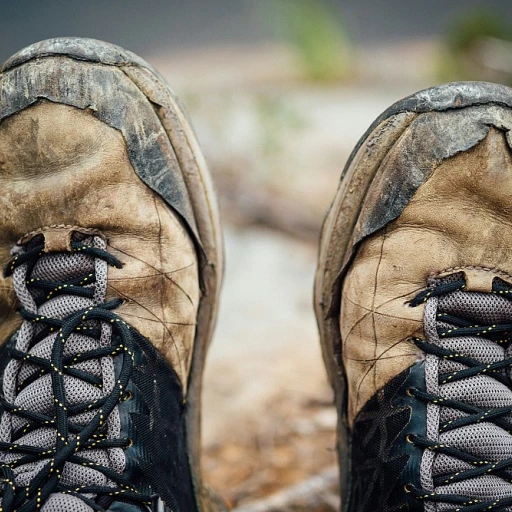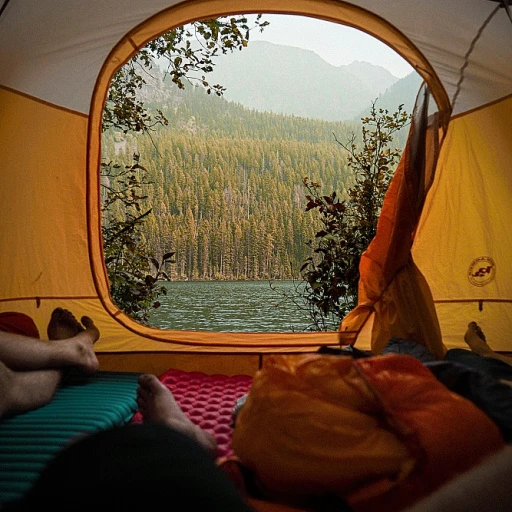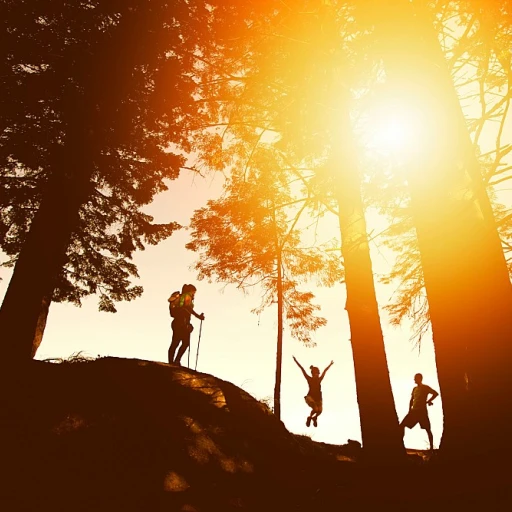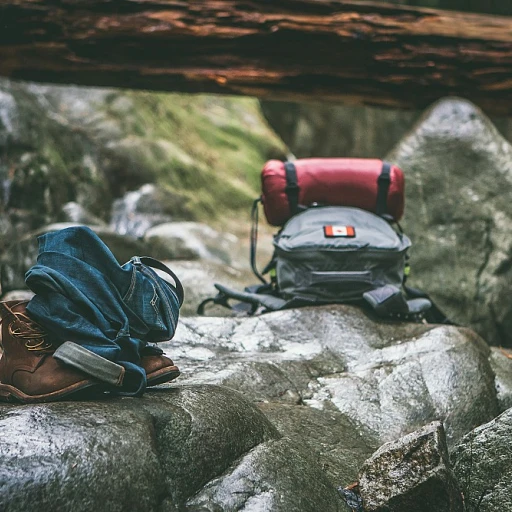
Understanding the Terrain of Chief Mountain
Getting to Know the Terrain of Chief Mountain
Nestled within the mesmerizing landscape of the Front Range, Chief Mountain offers trails that are both awe-inspiring and challenging. The journey begins near Idaho Springs, winding through the Arapaho National Forest, a locale renowned for its untouched vistas and pristine wilderness. As hikers embark on this trail, they’re welcomed by the iconic views of Echo Lake, creating a captivating backdrop that’s nothing short of breathtaking. Understanding the terrain is crucial for a successful hike on Chief Mountain. The trail, which begins at the scenic trailhead near Mestaa’ėhehe Mountain, shares its path through diverse terrains ranging from rocky outcrops to gentle woodland pathways. As you hike towards the summit, each section reveals distinctive features, opening a window to the mountain's varied ecosystem. You'll find that this mountain hike offers different challenges based on the season. During the spring, the trail is adorned with blossoming wildflowers, providing a picturesque setting, while winter trails may become slippery with snow and ice, demanding careful navigation. For those planning a hike up Chief Mountain, preparation is key. Whether you are a seasoned mountaineer or a family seeking a kid-friendly adventure, understanding the terrain can enhance your journey. As you plan your expedition, consider checking out this guide for outdoor enthusiasts, which might offer insights into similar adventures in comparable environments. As you navigate the ascent, savor the panoramic views at the peak. A blend of clear creek waters, towering pines, and the expansive blue sky gives a sense of tranquility that is unique to Colorado's Chief Mountain. With prerequisites like proper footwear and safety precautions covered, your hike can be both safe and enjoyable.Key Features to Look for in Hiking Boots
Essential Features for Navigating Mountain Trails
When preparing for a mountain hike such as the majestic Chief Mountain trail, your choice of hiking boots can significantly impact your experience. Understanding the key features to look for in hiking boots can make a world of difference, especially when exploring diverse terrains with stunning views of places like Echo Lake and the Arapaho National Forest.
- Durability: Opt for boots constructed with high-quality materials that can withstand the rugged paths and potentially adverse weather conditions. You’ll encounter rocky terrains and pebbled trails that demand a robust build.
- Waterproofing: It's crucial to keep your feet dry, especially if your path includes the damp paths near springs or riverbanks. A waterproof design will help you comfortably traverse across trails by Echo Lake without concern for wet socks.
- Support: Given the elevation gains, like those on Squaw Pass and the climb to Chief Peak, boots with ample ankle and arch support reduce the risk of injuries. This becomes essential when tackling sections with loose gravel.
- Traction: The trails around Mestaa Ehehe and other mountain paths can be slippery. Ensure your boots have adequate grip to handle both muddy trails and icy rocks effectively.
The right pair of hiking boots also compliments your skill level, whether you’re an experienced mountaineer or just starting out. As you plan your next mountain trail adventure, considering what suits your needs is key to a safe and enjoyable hike. For further insights into selecting the best hiking boots for mountain adventures, explore a detailed guide on choosing the right pair.
Comparing Hiking Boots for Different Skill Levels
Matching Boots to Your Mountain Hike Experience
When it comes to embarking on hikes like the Chief Mountain trail, choosing the right hiking boots can make all the difference. Whether you're a novice exploring the trails of the front range or an experienced hiker familiar with the peaks and views of Colorado, selecting the appropriate footwear is crucial. Considering different skill levels helps in understanding what type of hiking boots would best suit your needs:- Beginners or Casual Hikers: For those new to exploring trails such as the scenic route from Echo Lake to the Chief Mountain trailhead, lightweight hiking boots often suffice. These are generally made with both breathability and comfort in mind, perfect for shorter hikes with moderate terrain.
- Intermediate Hikers: More seasoned hikers, who perhaps have tackled the trails near Idaho Springs or around Mestaa'Ėhehe, might need boots with a bit more ankle support. Midweight hiking boots strike a balance between comfort and durability, providing a stable footprint on varied paths.
- Experienced or Advanced Hikers: If you're aiming for more challenging trails like the ones through Arapaho National Forest or along Squaw Pass with its rugged landscapes, investing in heavy-duty boots is advisable. These offer maximum support and protection, crucial for traversing rocky or uneven terrain.
Maintenance Tips for Hiking Boots
Keeping Your hiking boots in Prime Condition
After you've invested in the right pair of hiking boots for exploring the trails of Chief Mountain, it’s crucial to maintain them properly to ensure longevity and comfort. The rugged terrain of Chief Mountain can be demanding, and with the views stretching across Echo Lake to idaho springs, your boots are bound to face some wear and tear.
Here are essential maintenance tips to keep your boots in top condition through numerous mountain hikes and beyond:
- Regular Cleaning: After each hike, especially on the rigorous paths near Mestaa'ehehe Mountain and the scenic Squaw Pass, remove dirt and debris from your boots. Use a soft brush and water; avoid harsh detergents as these can damage the material over time.
- Drying Techniques: Moisture can be a boot’s worst enemy, especially when trekking through the lush surroundings of the Arapaho National Forest. Ensure to dry your boots naturally at room temperature, avoiding direct heat sources like fireplaces or radiators to prevent cracking.
- Leather Conditioning: For leather boots, applying a conditioner helps keep the leather supple. This is particularly important after exposure to the damp and chilly Front Range trails or the beautiful yet challenging routes leading to the peak views.
- Inspect for Damage: Before and after hikes, especially after tackling the tougher parts of the Clear Creek areas, check your boots for any nicks or damaged seams. Addressing these issues promptly can prevent bigger problems later on.
- Proper Storage: When not in use, store your boots in a cool, dry place. This is crucial after enjoying a weekend exploring trails like the popular lake trail or Mount Blue.
By following these practices, your hiking boots will be ready to tackle any trail from the national forest roads to the picturesque heights of Chief Mountain.
Safety Considerations on the Chief Mountain Trail
Safety Tips for a Successful Chief Mountain Hike
Exploring the Chief Mountain trail offers breathtaking views and the chance to immerse yourself in the natural beauty of Colorado. However, as with any hike, particularly one at such altitudes and in the national forest, safety is paramount.- Check the Weather: Before heading out on the trail, it's important to look at the weather forecast. Conditions around the mountain and peak can change rapidly, impacting your hike. The clear blue sky can quickly turn into a stormy scene, so be prepared.
- Trailhead Navigation: Ensure you're familiar with the trailhead location and the entirety of the Chief Mountain trail. Maps and reliable GPS are critical tools to avoid getting lost, especially in areas like Mestaa'ehehe Mountain and the surrounding Arapaho National Forest.
- Stay on the Trail: Straying from the designated mountain trail increases the chances of an accident, particularly in rocky or uneven sections. Sticking to marked paths also aids in preserving the natural environment and prevents unnecessary disturbances to wildlife.
- Hydration and Nutrition: Always bring ample water and snacks. The elevation of Chief Mountain and the physical exertion of the hike can lead to quick dehydration and fatigue. Echo Lake and nearby lakes on the trail don’t always guarantee clean drinking water.
- First Aid Kit: Carry a basic first aid kit to tackle minor injuries that can occur during your hike. This could include blisters, small cuts, or sprains which can happen due to the rugged terrain around Clear Creek and Idaho Springs.
- Inform Others: Let someone know your itinerary, including when you expect to return. This is particularly crucial if you're heading out alone or planning to explore less populated areas of the Front Range.
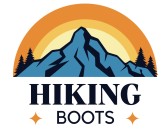
![Canyonlands National Park [Map Pack Bundle] (National Geographic Trails Illustrated Map)](https://www.hiking-boots.net/storage/360442/conversions/819DvKAsAgL._SL1500_-medium.webp)
